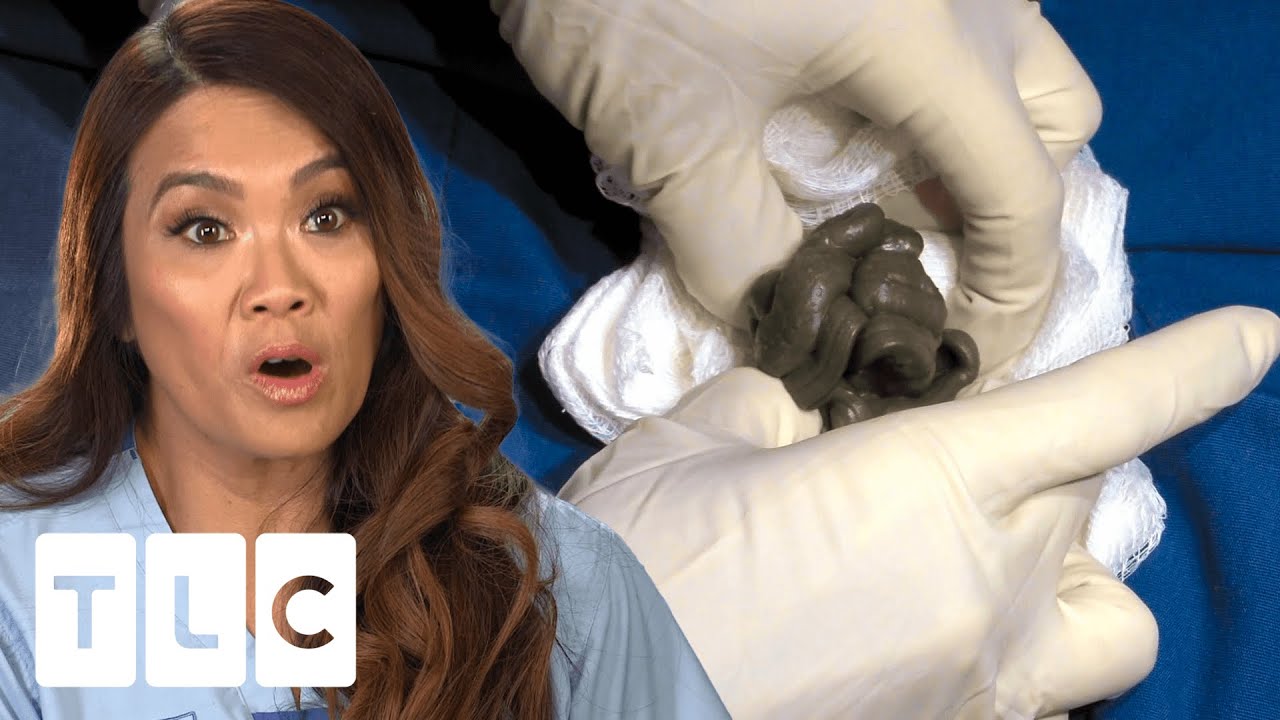
Jeep enthusiasts are known for their love of adventure, rugged terrain, and off-road capabilities. Whether you own a classic Jeep Wrangler, a versatile Grand Cherokee, or a sleek Cherokee, your Jeep is designed to take you places where few other vehicles can. However, just as important as your Jeep’s off-road capabilities is ensuring it’s protected with the right insurance coverage.
In this blog, we’ll explore everything you need to know about Jeep insurance, including why it’s essential, the types of coverage available, and how to save on your premiums.
Why is Jeep Insurance Important?
No matter what model you drive, Jeep insurance is vital to protect both you and your vehicle from the unexpected. Whether you’re navigating through city streets, hitting a backcountry trail, or dealing with unpredictable weather conditions, having the right insurance ensures that you’re covered for a wide range of events, from accidents to theft and natural disasters.
Even though Jeeps are durable and built for tough environments, accidents, breakdowns, and other unfortunate events can happen. With comprehensive coverage, you can avoid costly out-of-pocket repairs and stay protected financially if something goes wrong.
Types of Coverage for Your Jeep
When it comes to insuring your Jeep, several types of coverage are essential to consider. The specific coverage you need may vary depending on how you use your Jeep, its age, and your budget, but here’s a breakdown of the most common types of car insurance coverage for Jeep owners:
1. Liability Insurance
Liability insurance is required by law in most states. It covers the costs associated with injuries or property damage you cause to others in an accident. If you’re at fault in a collision, liability insurance helps cover the damages to the other party, including medical expenses, vehicle repairs, and legal fees. Keep in mind that this type of coverage doesn’t pay for repairs to your own vehicle.
2. Collision Coverage
Collision coverage helps pay for repairs to your Jeep if it’s damaged in an accident, regardless of who is at fault. If you crash into another car, a tree, or a guardrail, this coverage ensures that you don’t have to pay the entire repair bill out of pocket. Given that many Jeeps are used for off-roading, this is especially important for drivers who frequently find themselves in situations where collisions are more likely to happen.
3. Comprehensive Coverage
Comprehensive coverage protects your Jeep from damage caused by non-collision events. This includes damage from theft, vandalism, fire, weather-related events (like hail or flooding), falling objects, or hitting an animal. If your Jeep is parked and damaged by a storm or stolen, comprehensive coverage will help with the costs of replacement or repairs.
4. Uninsured/Underinsured Motorist Coverage
This type of coverage protects you if you’re involved in an accident with a driver who either has no insurance or not enough insurance to cover the costs of the accident. If another driver hits you and they don’t have enough coverage, uninsured/underinsured motorist coverage steps in to help cover medical bills, vehicle repairs, and any other costs you might incur due to the accident.
5. Personal Injury Protection (PIP)
Personal Injury Protection (PIP) is an optional coverage that helps pay for your medical expenses, lost wages, and other costs related to injuries sustained in an accident. This is especially useful if you’re in an accident and need medical attention. Even if you’re not at fault, PIP can ensure that your medical bills are paid quickly.
6. Gap Insurance
If you owe more on your Jeep loan or lease than the vehicle’s current value, gap insurance covers the difference in the event of a total loss (such as if your Jeep is stolen or totaled). If you don’t have gap insurance, you might still owe the lender or leasing company even if your Jeep is no longer drivable.
7. Off-Road Insurance (Optional)
If you’re someone who regularly takes your Jeep off-road, you may want to consider off-road coverage. Off-roading can lead to unique risks, such as damaging your Jeep while navigating rough terrain. While not all insurers provide this type of coverage, some offer off-road policies that cover damage from off-roading activities.
Factors That Affect the Cost of Jeep Insurance
Just like any other vehicle, the cost of insuring your Jeep depends on several factors. Understanding these variables can help you save on your premiums and make informed decisions about your coverage.
1. Model and Year of Your Jeep
The type of Jeep you drive significantly impacts your insurance rates. For example, a Jeep Wrangler, especially a newer model, may be more expensive to insure because of its high value and off-road capabilities. Older models, such as the Jeep Cherokee, may have lower premiums due to their lower market value.
2. Your Driving History
Your driving history plays a large role in how much you’ll pay for insurance. A clean driving record with no accidents or violations will help you get lower rates, while a history of accidents, speeding tickets, or claims can drive up your premiums. Insurance companies reward safe drivers with lower rates, so it’s in your best interest to drive carefully.
3. Location
Where you live also affects your insurance premium. If you live in an area with high traffic, theft rates, or frequent accidents, your insurance rates are likely to be higher. On the other hand, if you live in a rural area with fewer risks, your premiums might be lower.
4. Age and Driving Experience
Younger drivers often face higher premiums due to their lack of experience behind the wheel. If you’re a new driver, it’s likely that your Jeep insurance rates will be higher. Conversely, experienced drivers with a long history of safe driving typically pay lower premiums.
5. Coverage Levels and Deductible
The level of coverage you choose and your deductible amount will also impact your rates. Higher coverage limits and a lower deductible will increase your premium, while a higher deductible can lower your monthly payments. However, be mindful that higher deductibles mean you’ll have to pay more out of pocket if you need to file a claim.
6. Safety Features
Jeep vehicles come equipped with a variety of safety features, from airbags and anti-lock brakes to traction control and stability systems. Cars with advanced safety features can sometimes qualify for discounts on premiums, as they lower the likelihood of serious injury or damage in an accident.
How to Save on Jeep Insurance
Even if you’re insuring a Jeep, there are still plenty of ways to save on your premiums. Here are some tips to help reduce your costs:
- Compare Quotes: Shop around and compare quotes from different insurers to find the best deal for your Jeep.
- Bundle Policies: If you have other types of insurance (home, life, etc.), consider bundling them with your Jeep insurance to receive a multi-policy discount.
- Install Anti-Theft Devices: Jeeps are often targeted by thieves, so installing anti-theft devices, such as a GPS tracker or alarm system, can help lower your premium.
- Drive Safely: Maintaining a clean driving record with no accidents or tickets can help you save on insurance.
- Take Defensive Driving Courses: Some insurers offer discounts for drivers who complete defensive driving courses, which demonstrate your commitment to safe driving.
Conclusion: Is Jeep Insurance Worth It?
Whether you’re using your Jeep for everyday commuting or taking it on off-road adventures, insurance is a necessary expense to protect both you and your vehicle. While Jeep insurance costs can vary depending on factors like model, driving history, and location, having the right coverage ensures that you’re prepared for anything that might come your way.
By understanding the types of coverage available, comparing insurance quotes, and taking steps to lower your premiums, you can find the best plan to keep your Jeep protected without breaking the bank.
Do you have any tips for saving on Jeep insurance or unique experiences with your Jeep? Share your thoughts with us in the comments below!

